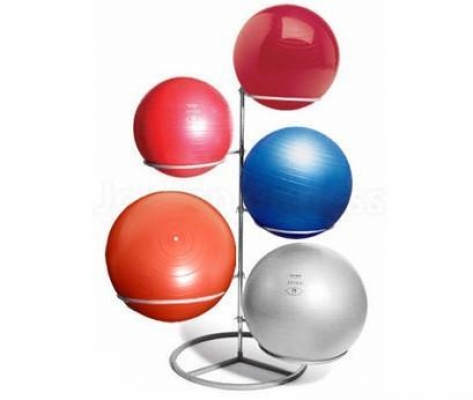To read the article as it appears in the Great Health Guide click here: https://issuu.com/great_health...
Alternatively read the text below:

It’s been shown time and time again that exercise is very important for us regardless of our age and health status. However, as physiotherapists we often see that as people get older their exercise levels drop. This can be due to a number of factors including development of aches and pains, decreasing mobility and a general lack of desire to spend time exercising. Unfortunately, this creates a vicious cycle where reduced time doing exercise leads to worsening health and more pain which then makes it even harder to exercise and so the cycle continues. To prevent this, it’s therefore extremely important to stay active and fit as we age. Even for those individuals who have never been very active in their younger years, it’s important to start doing appropriate types of exercise.
It’s extremely important to stay active and fit as we age.
So, what type of exercise is safe and effective? There are many types of exercises which are beneficial, however prior to commencing any new physical activity it’s important to consult your doctor or physiotherapist to make sure that you have no contraindications. Once you have the green light the next step is to determine which type of exercise is best. This will depend on a number of factors, including the following:
- the health of the individual, particularly the conditions of the cardiorespiratory system
- their exercise history
- their health and fitness goals
- current state of their musculoskeletal system, including muscle strength and flexibility
- their balance
Exercise is equally important for both men and women as both are prone to the development of various ailments with age, including arthritis, osteoporosis, urinary incontinence and falls due to worsening balance, just to name a few. Women in particular, especially after menopause, face the added issue of their bones losing essential minerals such as calcium, making them more brittle and more likely to fracture. One of the best types of prevention and management of osteoporosis is exercise. In fact, a study published in the Osteoporosis International Journal (2016) concluded that ‘progressive high-impact exercise is a feasible method in seeking to prevent hip fractures in postmenopausal women’.
Exercise is one of the best types of prevention & management of osteoporosis.
It has been proven that the most beneficial type of exercise to prevent and manage osteoporosis is weight-bearing exercise, i.e. exercise which is performed on land rather than in the water. Exercises are very beneficial when conducted outdoor, under the sun at safe day times. One good option is walking, which can be made harder by holding weights. Exercise classes and Clinical Pilates sessions conducted by trained health professionals are also very effective options. Besides this it’s also important to do regular home exercises.
For other conditions, including those mentioned above, the same types of exercise are recommended. Hydrotherapy (water-based exercise) can also be very helpful, particularly for those individuals who have limited ability to carry out exercises on land due to pain, e.g. caused by arthritis. In the water, due to buoyancy the spine and joints are unloaded which makes it easier to exercise. Warm water is another therapeutic factor helping to improve peripheral blood circulation, promoting release of endorphins, relieving stress and improving relaxation and providing other benefits.
Hydrotherapy is very helpful for people with limited ability to carry out exercises on land due to pain.
Your physiotherapist is one of the best points of contact in providing you with the optimal exercise program. During the initial physiotherapy consultation, the physiotherapist will conduct a thorough full body diagnostic assessment which will help to diagnose the cause of any symptoms as well as identify areas of strength and weakness. Following that the physiotherapist will be able to recommend the best type of exercise for that particular individual, taking into account their general health, fitness level, health and fitness goals.

